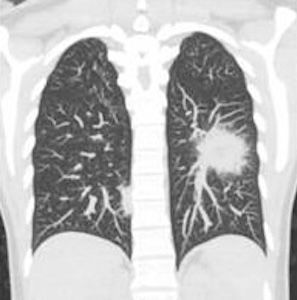lung cancer screening

What is a Lung Cancer Screening?
Lung cancer screening is a medical test that detects lung cancer in its early stages before symptoms appear.
A Lung Cancer Screen is typically performed using a low-dose computed tomography (LDCT) scan, a specialised type of X-ray that creates detailed images of the lungs.
The goal of lung cancer screening is to identify cancer early when it is more treatable and has a higher chance of being cured.
Who is Suitable for Lung Cancer Screening?
Lung cancer screening is not for everyone. It is mainly recommended for individuals who have a high risk of developing lung cancer. The eligibility criteria include:
- Age: Typically, people aged 50 to 70 years are eligible.
- Smoking history: Individuals with a history of heavy smoking (usually defined as 30 pack-years or more). A pack-year is calculated as the number of packs of cigarettes smoked per day multiplied by the number of years smoked.
- Current or former smokers: Those who currently smoke or quit within the past 10 years.
- Asymptomatic
A doctor will assess a person’s risk factors to determine if lung cancer screening is appropriate.
Benefits of Lung Cancer Screening
Lung cancer screening provides several key benefits, particularly for those at high risk:
- Early Detection: Detects lung cancer early, when it is more likely to be curable.
- Improved Survival Rates: Early-stage lung cancer has a higher survival rate compared to later-stage lung cancer.
- Minimally Invasive: The LDCT scan is non-invasive and only takes a few minutes.
- Reduced Mortality: Studies have shown that regular lung cancer screening can reduce the risk of death from lung cancer by 20% in high-risk individuals.
- Potential for Less Aggressive Treatment: Early-stage lung cancer can often be treated with surgery or targeted therapies, avoiding the need for intensive treatments like chemotherapy.
Conditions Diagnosed by a Lung Cancer Screening
In addition to detecting lung cancer, a lung cancer screening may also identify other lung-related conditions, including:
- Lung Nodules: Small growths or lumps in the lungs that may or may not be cancerous.
- Chronic Obstructive Pulmonary Disease (COPD): A progressive lung disease that causes breathing difficulties.
- Pulmonary Fibrosis: Scarring of the lung tissue that can affect breathing.
- Respiratory Infections: Some infections, such as pneumonia or tuberculosis, may appear on a lung scan.
- Benign Tumors: Non-cancerous growths that may still require monitoring.
Further Information a Lung Cancer Screening Can Show
A lung cancer screening with low-dose computed tomography (LDCT) can provide detailed images of the lungs, revealing various conditions beyond just lung cancer. Some additional findings may include:
- Lung Nodules: Small abnormal growths that could be benign, pre-cancerous, or cancerous.
- Lung Infections: Signs of past or current infections like pneumonia or tuberculosis.
- Chronic Lung Diseases: Chronic obstructive pulmonary disease (COPD) or pulmonary fibrosis may be visible.
- Calcifications: Hardened areas in lung tissue due to past infections or conditions like sarcoidosis.
- Heart and Blood Vessel Issues: The scan may detect signs of coronary artery disease (CAD) or aneurysms in the chest.
- Fluid Buildup (Pleural Effusion): The scan may show excess fluid around the lungs, which can be due to infection, cancer, or other diseases.
If abnormalities are detected, your doctor may recommend additional tests, such as a biopsy, PET scan, or follow-up imaging.
Preparation for Lung Cancer Screening
Proper preparation ensures that the LDCT scan provides clear and accurate images. Here’s what you need to know before the screening:
What to Bring
- Your referral from your doctor.
- Your Medicare
How Long Does It Take?
- The scanning process itself takes about 5 to 10 minutes.
- Expect to spend 30 to 45 minutes at the imaging centre, including check-in and preparation.
Eating and Drinking
- No fasting is required; you can eat and drink normally before the scan.
- However, avoid excessive caffeine if you have difficulty staying still.
Lung Cancer Screening Procedure
The lung cancer screening process is quick, painless, and non-invasive. Below is a step-by-step guide:
- Check-in & Registration: You will complete the paperwork and provide your medical history at the imaging centre.
- Preparation: You may be asked to remove metal objects (e.g., jewellery, watches). If needed, you will change into a medical gown.
- Positioning for the Scan: You will lie flat on your back on a motorised table. The table slides into the CT scanner, which is a large, doughnut-shaped machine.
- Breath-Holding Instructions: The technician will instruct you to hold your breath for a few seconds to prevent movement and ensure clear images.
- The LDCT Scan: The scanner rotates around you, taking multiple X-ray images of your lungs from different angles. You may hear a whirring or clicking noise but no pain or discomfort.
- Completion: The table will slide out, and you can get up immediately after the scan and resume normal activities.
What to Expect After a Lung Cancer Screening?
After the scan, you can return to your daily activities without restrictions. However, here’s what to expect:
Immediate Aftercare
- No recovery time is needed.
- You can eat, drink, and go about your routine as usual.
- No contrast dye is used, so there’s no risk of allergic reactions.
Receiving Your Results
- A radiologist will analyse the scan and send the report to your doctor.
- Results are usually available the following day after 2 pm.
- Your referring doctor will discuss the findings and next steps if anything abnormal is detected.
Possible Follow-Up Tests
Depending on the results, your doctor may recommend:
- No further testing if the scan is normal.
- A follow-up LDCT scan in 12 months if small lung nodules are found.
- Additional imaging PET/CT ) if a suspicious abnormality is detected.
- A biopsy or other diagnostic tests if lung cancer is suspected.
Monitoring for Future Screenings
- If you are at high risk, lung cancer screening may be recommended yearly. For other smokers or ex-smokers in the last 15 years with 20 to 30 years pack history, lung cancer screening is recommended every second year.
Lung Cancer Screening Prognosis
Lung cancer screening using LDCT significantly improves the chances of detecting lung cancer early, when it is more treatable and potentially curable. The prognosis depends on several factors, including:
- Early Detection Saves Lives: Studies show that screening reduces lung cancer deaths by up to 20% in high-risk individuals.
- Survival Rates: If lung cancer is found at Stage 1 (before spreading), the 5-year survival rate is around 60-90%. However, if detected at later stages, survival rates drop significantly.
- Regular Follow-Up: Even if no cancer is found, individuals at high risk are recommended to continue annual screenings to catch any changes early.
- False Positives: Not all detected lung nodules are cancerous, but further testing (such as a biopsy) may be required to confirm the diagnosis.
If lung cancer is diagnosed, treatment options such as surgery, radiation, chemotherapy, targeted therapy, or immunotherapy may be considered based on the stage and type of cancer.
Lung Cancer Screening Risks
While lung cancer screening is safe and effective, there are a few risks to consider:
- False Positives: A scan may detect non-cancerous lung nodules, leading to unnecessary follow-up tests, anxiety, and invasive procedures like biopsies.
- False Negatives: In rare cases, lung cancer may not be visible on the scan, leading to a delayed diagnosis.
- Radiation Exposure: LDCT exposes patients to low doses of radiation, but this risk is minimal compared to the benefit of early cancer detection.
- Overdiagnosis: Some slow-growing lung cancers detected on screening may never cause harm, yet they might still be treated, leading to unnecessary interventions.
- Complications from Follow-Up Tests: If an abnormality is found, further tests (such as a biopsy or surgery) may carry risks of infection, bleeding, or other complications.
What if a Lung Cancer Screening is Delayed?
Delaying lung cancer screening can increase the risk of detecting lung cancer at a later, less treatable stage. Potential consequences include:
- Missed Early Detection
- Lower Survival Rates
- More Aggressive Treatment
- Increased Healthcare Costs
- Higher Risk of Metastasis
If you are in a high-risk group, delaying screening is strongly discouraged. Regular screening offers the best chance for early diagnosis and better health outcomes.
Lung Cancer Screening Costs
Medicare Coverage
- Bulk billed. No out-of-pocket costs.
- A referral from a GP or specialist is required for Medicare rebates.



